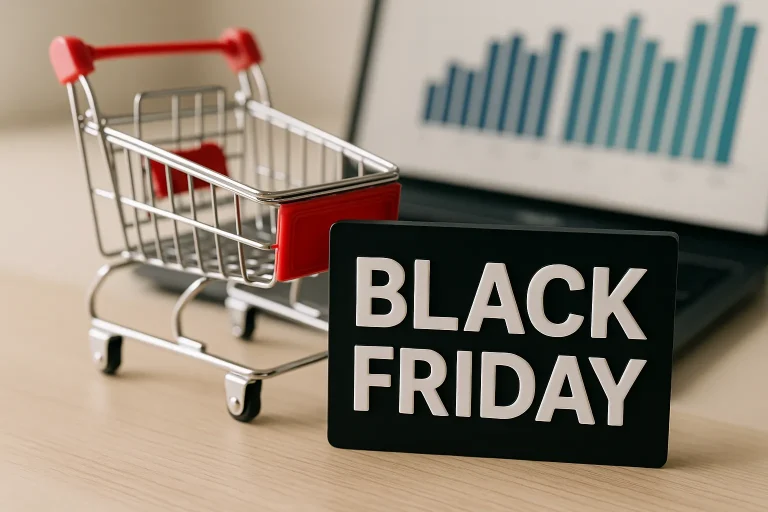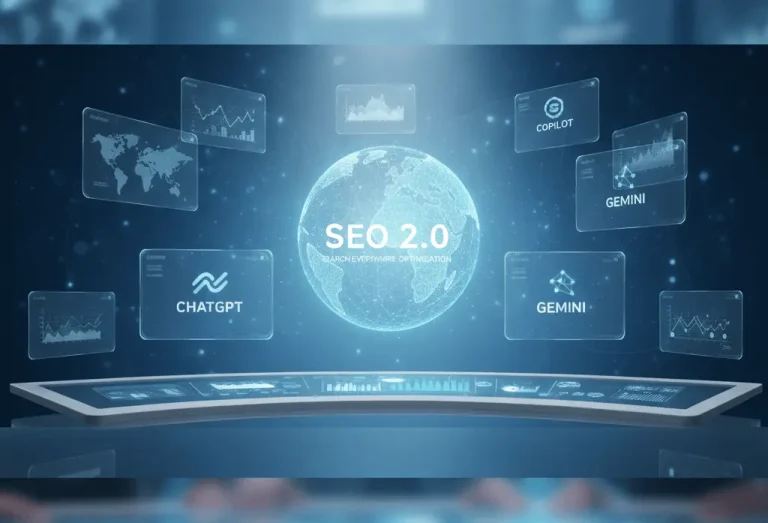Social Media
AI-powered programmatic advertising is the automated process of buying and optimizing digital ad inventory in real-time using artificial intelligence (AI) technologies. Unlike traditional advertising, which requires manual intervention to plan, buy, and optimize ad placements, AI-driven programmatic advertising enables companies to target the right audience at the right time and in the right context. With AI algorithms learning from past data and user behaviors, advertisers can increase the efficiency and accuracy of their ad campaigns.
How Does AI-Powered Programmatic Advertising Work?
AI-powered programmatic advertising operates through demand-side platforms (DSPs) that automatically purchase ad inventory from supply-side platforms (SSPs) in milliseconds. Here’s a breakdown of the process:
- Data Collection: AI collects data on user behavior, demographics, and online interactions.
- Real-Time Bidding (RTB): AI evaluates available ad inventory and submits bids in real time.
- Audience Targeting: AI determines the most relevant audience for each ad based on data insights.
- Ad Delivery: The winning bid places the ad in the most relevant placement for the target audience.
- Campaign Optimization: AI continuously learns from the campaign’s performance and optimizes it to improve future results.
Benefits of AI-Powered Programmatic Advertising
- Advanced Audience Targeting: AI analyzes behavioral, contextual, and demographic data to create highly specific audience segments. This enables advertisers to target users with tailored messages that increase engagement and conversion rates.
- Real-Time Campaign Optimization: AI algorithms make split-second adjustments to campaigns based on real-time performance data, ensuring the most efficient use of advertising budgets.
- Improved Cost Efficiency: AI reduces wasted ad spend by only targeting users who are most likely to convert. This leads to a better return on investment (ROI) for advertisers.
- Personalized Ad Experiences: AI customizes ad content based on user preferences and browsing history, creating a personalized experience that increases brand loyalty.
- 24/7 Automation: Unlike manual ad management, AI works continuously to optimize and adjust campaigns, even outside business hours.

Key AI Technologies in Programmatic Advertising
- Machine Learning (ML): Machine learning models predict user behavior and identify patterns, enabling dynamic ad placements that maximize results.
- Natural Language Processing (NLP): NLP analyzes user-generated content and reviews to understand sentiment, which can be used to tailor ad messaging.
- Computer Vision: Visual recognition technology identifies product images and ad content, helping brands identify where their products appear online.
Challenges of AI-Powered Programmatic Advertising
- Data Privacy and Compliance: With increasing regulations like GDPR and CCPA, companies must ensure they handle user data ethically and transparently.
- Ad Fraud Prevention: Fraudulent clicks and impressions can inflate ad costs. AI tools help detect and prevent ad fraud, but it’s an ongoing challenge.
- Complexity in Implementation: Implementing an AI-driven programmatic advertising system requires investment in technology and skilled personnel to manage the process.
Future Trends in AI-Powered Programmatic Advertising
- Cookieless Targeting: As third-party cookies are phased out, AI-driven contextual targeting will play a key role in programmatic advertising.
- Voice-Activated Advertising: With the rise of voice search, programmatic advertising is expected to include voice-enabled ad formats.
- Predictive Analytics: AI’s predictive capabilities will allow brands to anticipate customer needs and deliver ads at the perfect moment.
SEO Tips for Programmatic Advertising
To make sure your programmatic advertising campaigns align with SEO best practices, follow these strategies:
- Use Data-Driven Keywords: Identify high-traffic, relevant keywords and incorporate them into your ad copy and landing pages.
- Mobile Optimization: Ensure that your ads and landing pages are mobile-friendly, as a large portion of users browse on mobile devices.
- High-Quality Content: Create engaging and relevant ad creatives that encourage users to click and stay on the landing page.
- Page Speed: Ensure your landing page loads quickly, as slow pages can increase bounce rates and reduce conversions.
AI-powered programmatic advertising is transforming the digital marketing landscape by providing smarter, more efficient, and more personalized advertising experiences. With its ability to analyze data in real time and optimize campaigns 24/7, companies can achieve higher ROI, improve audience targeting, and reduce costs. As the industry moves toward cookieless tracking and privacy-first strategies, brands that leverage AI will have a competitive edge. Companies must also be prepared to address challenges related to data privacy, fraud prevention, and technological complexity. By staying ahead of these challenges, marketers can unlock the full potential of AI in programmatic advertising.




